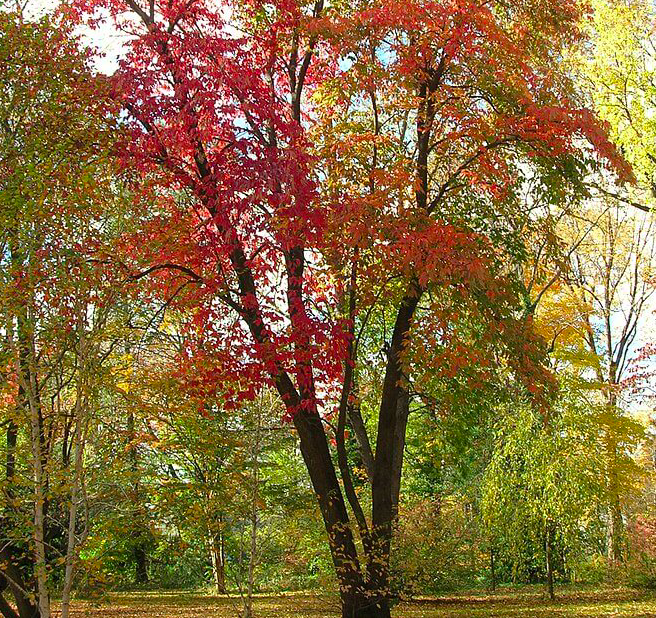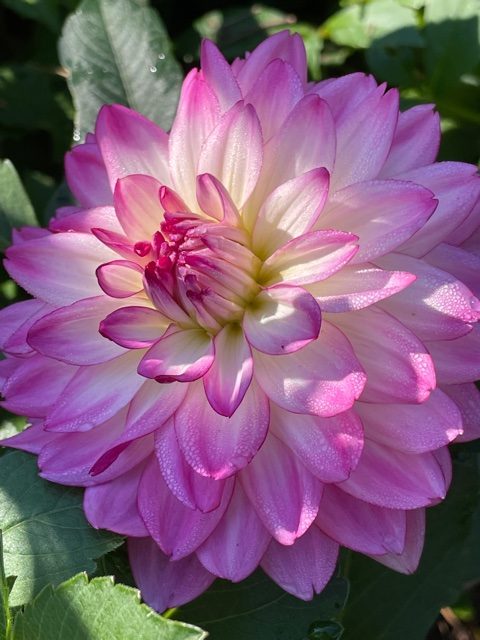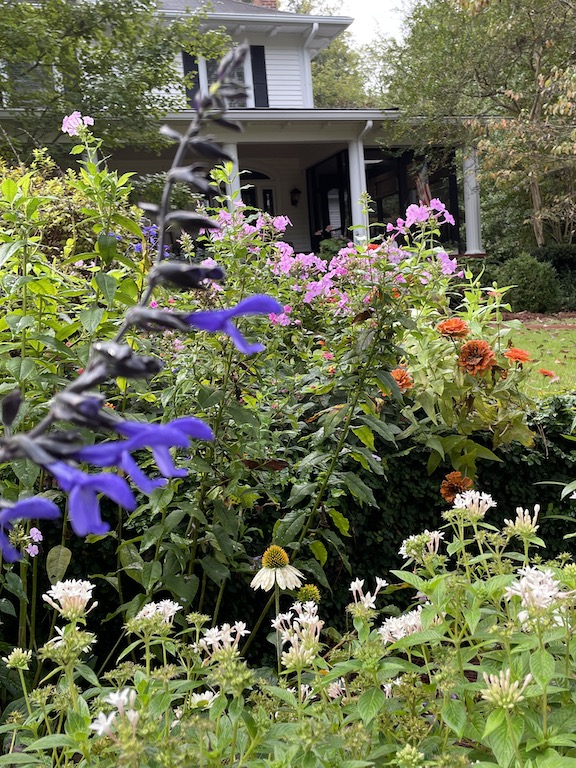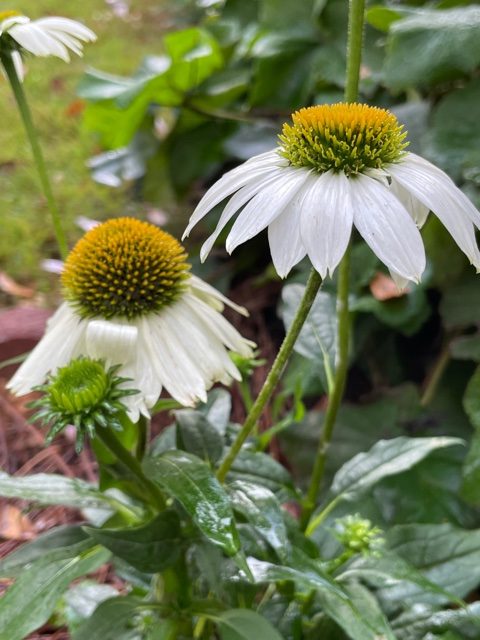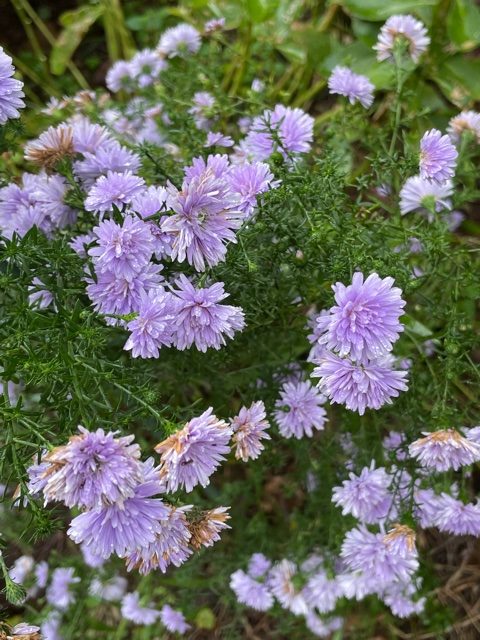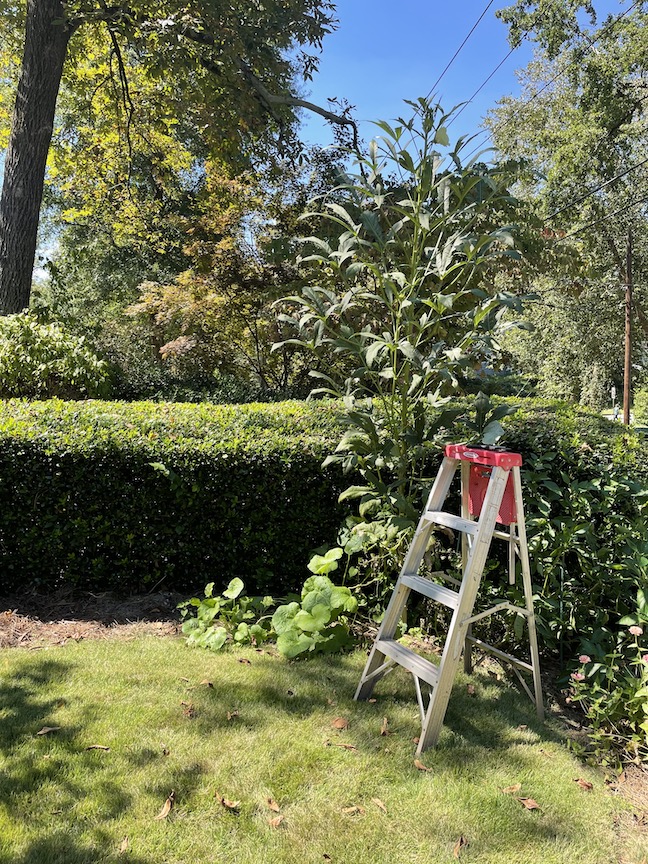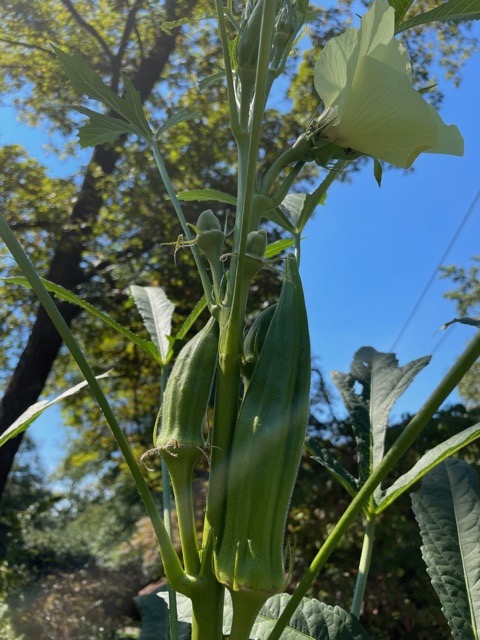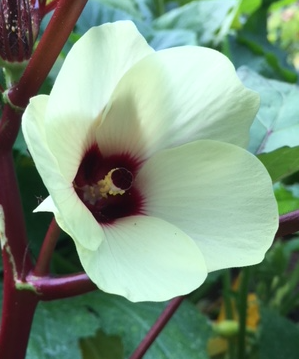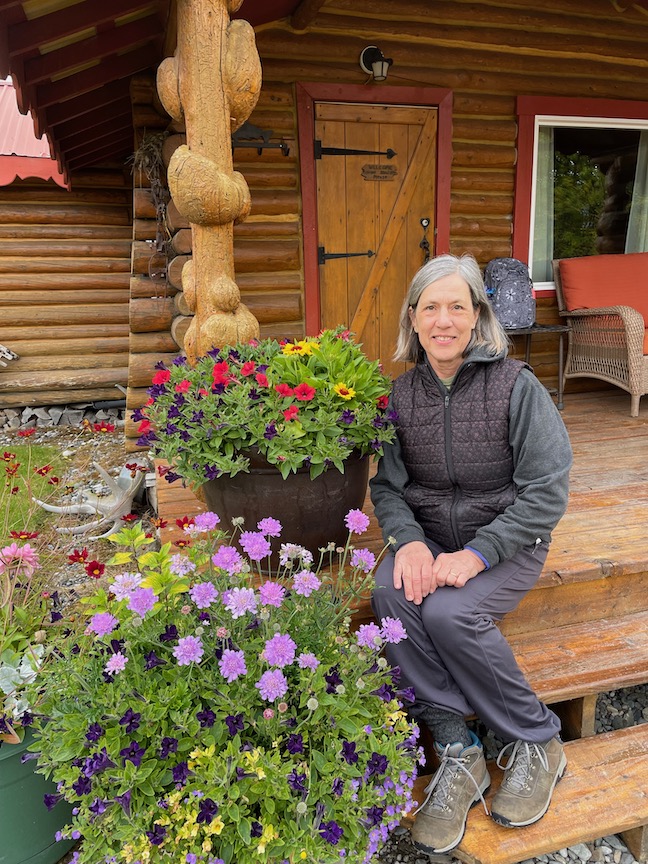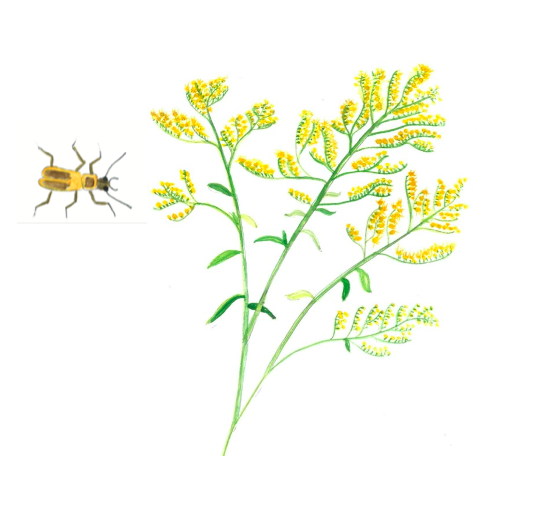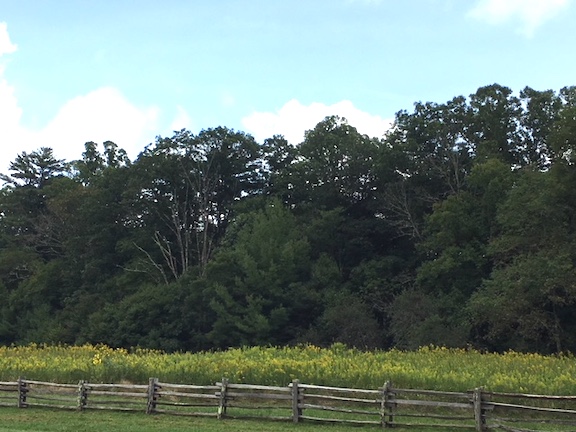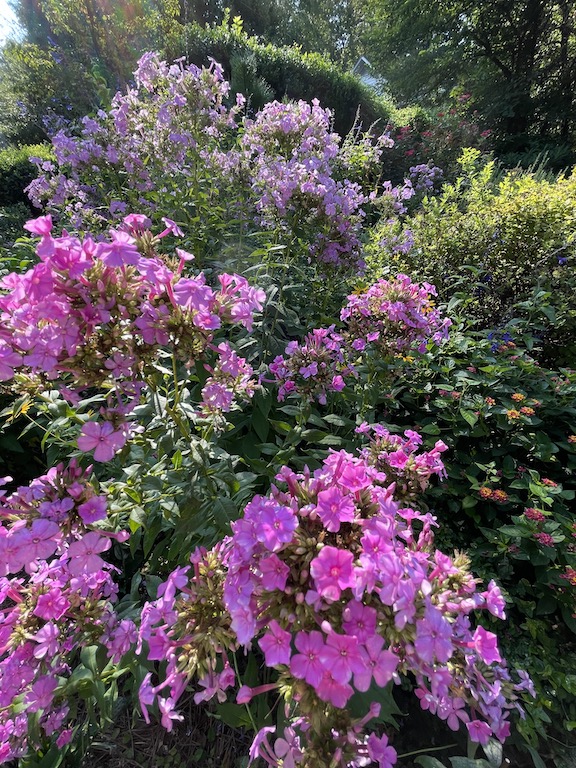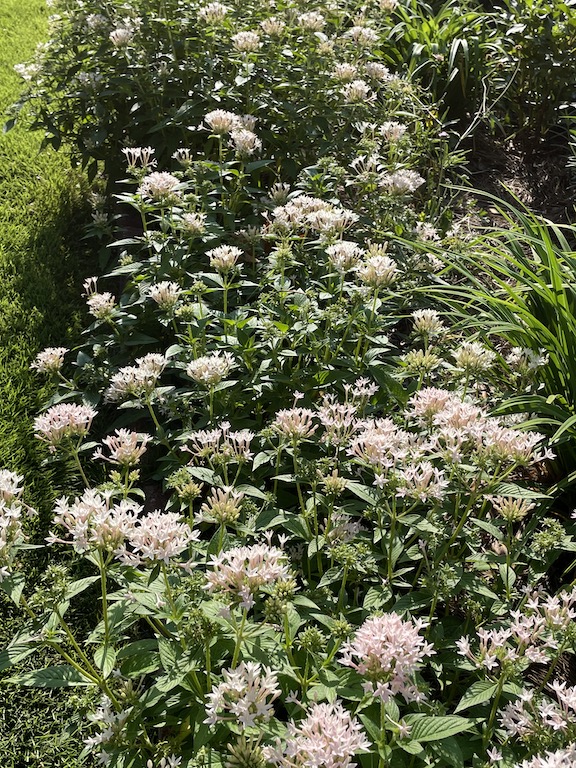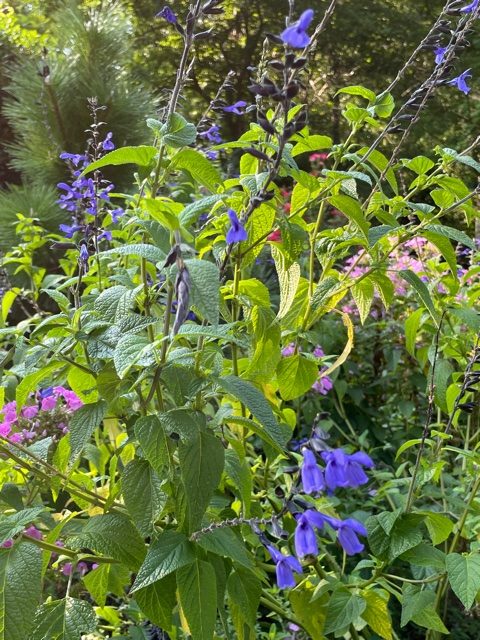For months now, I’ve been wondering what in the world I was going to do with all the houseplants that have spent the summer on the porch. They have multiplied prodigiously and have grown enormously, the result being that the few sunny windowsills in the house will not come close to providing enough room for these tender plants that can’t take the cold weather.

My solution was to build a tiny little plastic encased greenhouse for them. I put it on the side of the porch so I could just roll, drag or push the heavy pots into some semblance of warmth and protection.
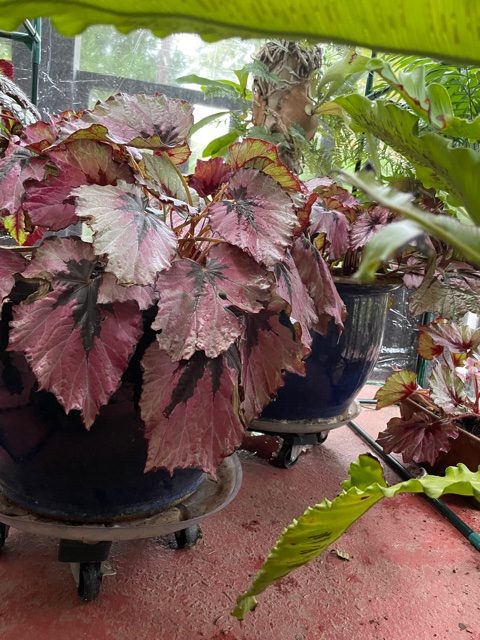
I was going to build it from scratch but my sister convinced me that kits from Amazon were inexpensive and “easy” to put together. And how right she was! For $75 and about 3 hours of my time, I put together my mini-greenhouse. Problem is, I’m not sure it was worth it because I don’t know if it will provide enough protection to keep the plants alive. (But, if you asked Jack, it was worth $75 to keep me busy and out of mischief for 3 hours !)
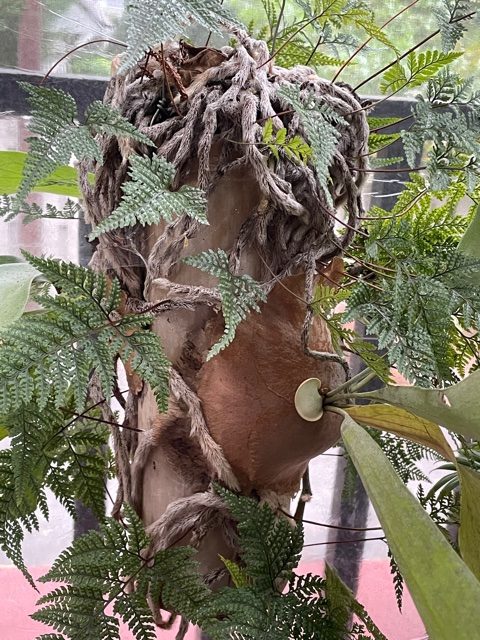
What I did not anticipate was how much I love this little greenhouse. It looks downright cozy and so far, the plants look really happy. (Of course the temps haven’t dropped below 45 yet!). All the pots are crammed in there pretty close together but some of them actually look better than they did spread out across the porch. Maybe some plants like to be crowded?
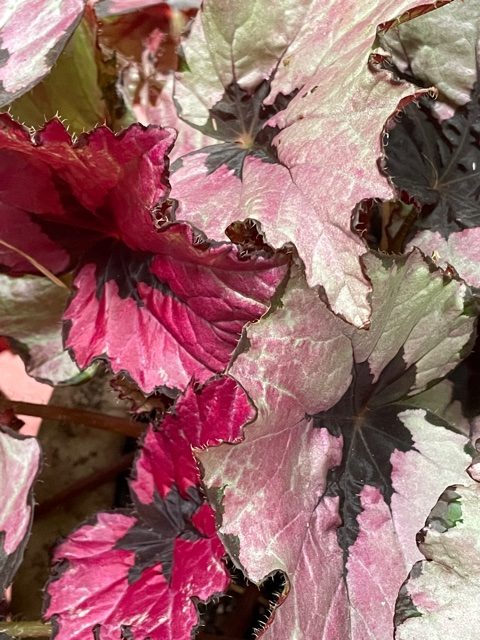
Many of my potted plants are begonias. Some I inherited, some I bought because I can’t resist their deeply textured, beautifully colored leaves. Some are in pots so big I have them on rollers, others are in “nursery” pots of the newly divided. The tiny palm and ponytail plants that I bought in two inch pots several years ago are not two feet tall and happy in their 8 inch pots.
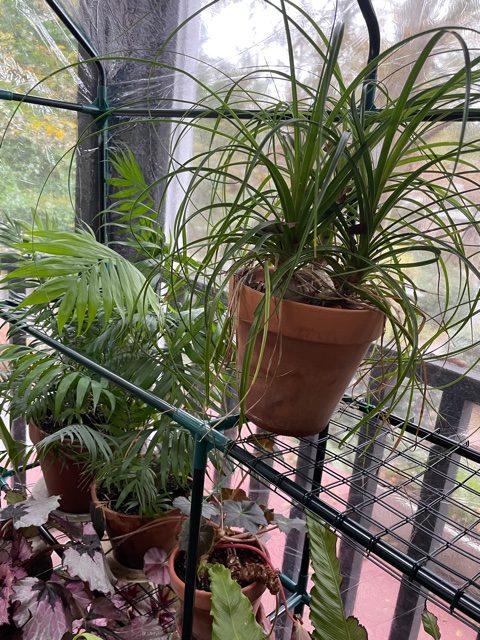
It may not be the greenhouse of my dreams but it is toasty and charming and makes me happy. I have to squeeze in between the ferns and the begonias, but once inside, I’m glad to be part of the crowd.

